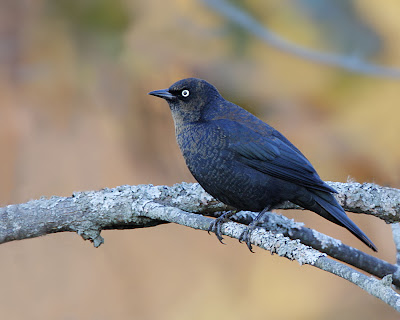 |
| Oscar Lake in the Northwest Territories ©D. Langhorst, Ducks Unlimited |
 |
| Major flyways coming out of Canada's boreal forest ©Boreal Songbird Initiative |
- In the Hudson and James Bay Lowlands, forests were flooded as part of hydroelectric projects. The area provides breeding habitat for 28 waterfowl, 21 other waterbirds, and 19 shorebird species. Hydroelectric energy is clean in the sense that it does not produce carbon emissions, but it comes with the cost of lost breeding grounds for birds and contaminated fishing areas for native inhabitants.
- At the Peace-Athabasca Delta, tar sands mining is reducing water quality, and flows have dropped. The delta is recognized as a global IBA and a significant wetland under the Ramsar Convention. It is home to 215 bird species, including the endangered Whooping Crane, which breeds in Wood Buffalo National Park. The delta itself is protected, but the waters flowing into the delta are not, and those upstream activities threaten the productivity of the wetlands downstream.
- Logging activity in the Lake Superior Watershed is reducing biodiversity and removing important food sources for the millions of birds that live there. Lake Superior is the largest freshwater lake on earth and drains over 49,000 square miles, much of which lies in the boreal forest. Bird species that breed in this watershed include several that depend on spruce budworm outbreaks, which are reduced when timber companies spray with pesticides.
 |
| Rusty Blackbird ©Jeff Nadler |



